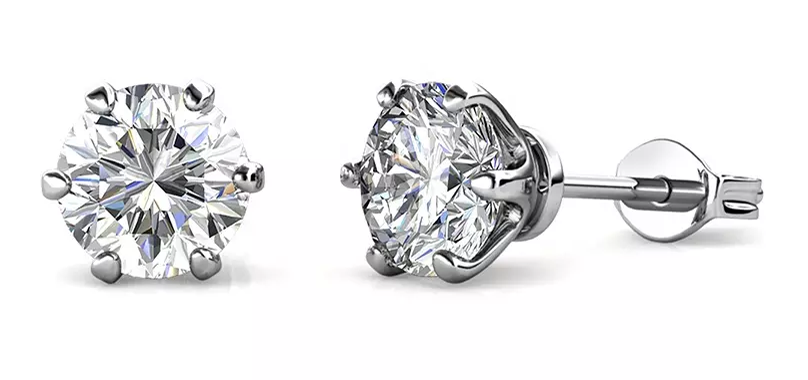Alexandrite Education
Alexandrite
Alexandrite was discovered in 1830 in Russia’s Ural Mountains, and was named after Russia’s Czar Alexander II. Today, Alexandrite is a very rare gemstone, however they are found in Sri Lanka, East Africa, and Brazil. Alexandrite is the birthstone for June, but is also the gem for 55th wedding anniversaries.
Color
Alexandrite is a very rare color changing gemstone that is a form of Chrysberyl. It has a green color during the day and red at night, commonly referred to as “Emerald by day, Ruby by night.” The more natural, or pure, the Alexandrite is the more saturated the color change will be.
Clarity
The clearer the Alexandrite gem is the stronger the color will show. Normally, Alexandrite’s have a few inclusions. Inclusions are any material that becomes trapped inside a gem during its formation. In rare instances there will be needle like inclusion creating the cat’s eye effect.
Cut
The most common cut for Alexandrite gemstones is the mixed cut, which combines brilliant cuts on the crowns and step cut pavilions. Doing this type of mixed cut allows the gem to show the strongest color change through the crown.
Carat
The majority fashioned Alexandrite gemstones are small weighing less than one carat. Fine-quality stones in sizes above 5.0 carats are very expensive.














